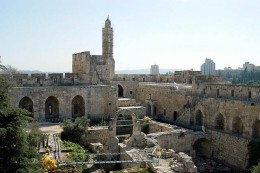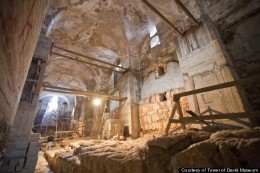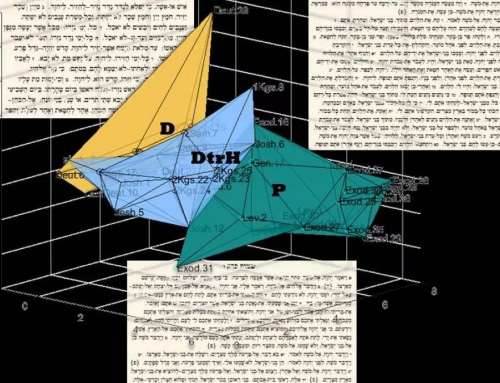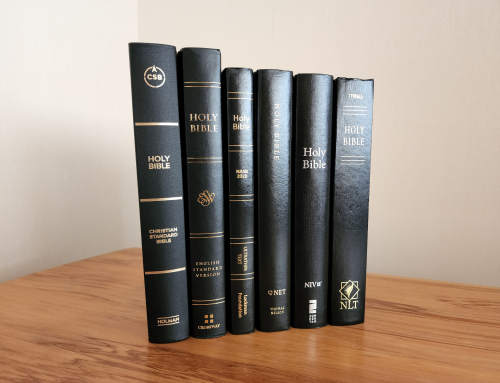Visitors can see remains of King Herod’s palace in Jerusalem, where the trial of Jesus may have occurred. Photo: Courtesy Tower of David Museum.
Visitors to Jerusalem’s Old City can explore remains of King Herod’s palace, which may be where Roman governor Pontius Pilate tried and condemned Jesus of Nazareth to death. Excavating from 1999–2000 underneath an abandoned Ottoman-period prison known as the Kishle—which is part of the so-called Tower of David complex—Israel Antiquities Authority archaeologist Amit Re’em uncovered the foundation walls and sewage system of Herod’s Jerusalem palace. Tours offered through the Tower of David Museum will showcase these finds.
Although the discovery of the remains of Herod’s Jerusalem palace has recently made headlines, the finds are not surprising, according to University of North Carolina at Chapel Hill archaeologist Jodi Magness.
“We have other remains of the substructure of Herod’s palace, and its identification as the praetorium [the Roman governor’s residence and headquarters] is not new, either,” Magness told Bible History Daily.
Herod’s Palace in Jerusalem
Jewish historian Josephus tells us that Herod’s Jerusalem palace complex, begun in the last quarter of the first century B.C.E., comprised a palace with two wings divided by pools and gardens and was protected by three large towers on the northwestern corner of the precinct. Excavations undertaken by different archaeological teams since the 1960s uncovered various remains of the palace substructure, but almost none of the superstructure has survived. In The World of Jesus and the Early Church, edited by Craig A. Evans (Hendrickson Publishers, 2011), archaeologist Shimon Gibson, Senior Associate Fellow at the Albright Institute, summarizes the archaeological evidence of Herod’s palace complex in Jerusalem.1
If evidence of Herod’s Jerusalem palace has long been known, why is it in the news now? Media attention, which has focused on Herod’s palace as the possible location of the trial of Jesus, has coincided with the Tower of David Museum’s opening of the site for tours. The preparation of the site, The Washington Post reports, was delayed by wars and a lack of funding.
Where Was the Trial of Jesus?

Excavations conducted under and in the vicinity of the Tower of David complex have uncovered evidence of Herod’s palace. Photo: Wayne McLean/CC BY 2.0.
Tradition dating back to the medieval period places the praetorium—where the trial of Jesus was held, according to the Gospels2—in the Antonia Fortress in the northeastern part of the Old City. The Antonia Fortress, however, would have been too small to be the residence and headquarters of the governor; its main purpose, furthermore, was to serve as a military observation tower. Scholarly consensus today associates the praetorium with Herod’s palace on the western side of the city.3
“Herod’s palace was not a building—it was a compound,” Shimon Gibson told Bible History Daily. “The compound was ideal for Roman governors.”
In The World of Jesus, Gibson explains why it’s likely the praetorium was located in Herod’s palace complex:
[T]here can be no doubt that on the occasions when [Pilate] stayed in Jerusalem, particularly during the Jewish festivities, he took up residence at Herod’s old palace situated on the west side of the city, also known as the praetorium. The word praetorium might refer to a palace or a judicial military seat, but it is likely that in Jerusalem it referred to the entire palace compound, which on the north included palatial buildings used for residential purposes and on the south, military barracks.4
For Christian pilgrims, the identification of the praetorium with Herod’s palace might throw off the route taken for centuries to retrace Jesus’ steps from his trial to his crucifixion. Called the Via Dolorosa, or “Way of Sorrows,” the road begins at the Antonia Fortress and ends at the Church of the Holy Sepulchre, punctuated in between with seven other stations commemorating events that occurred on Jesus’ way to his crucifixion at Golgotha.
Although the path of the Via Dolorosa has long been venerated, Tower of David Museum director Eilat Lieber told The Washington Post that she hopes Christians will eventually make Herod’s palace complex near Jaffa Gate a standard destination.
Notes
1. Shimon Gibson, “The Trial of Jesus at the Jerusalem Praetorium: New Archaeological Evidence,” in Craig A. Evans, ed., The World of Jesus and the Early Church (Peabody, MA: Hendrickson Publishers, 2011), pp. 97–118. See also Shimon Gibson, The Final Days of Jesus: The Archaeological Evidence (New York: HarperOne, 2009).
2. Mark 15:16; Matthew 27:27; John 18:28.
3. Jodi Magness, The Archaeology of the Holy Land (New York: Cambridge Univ. Press, 2012), pp. 158–159.
4. Gibson, “The Trial of Jesus,” p. 104.
This Bible History Daily article was originally published on January 8, 2015.







